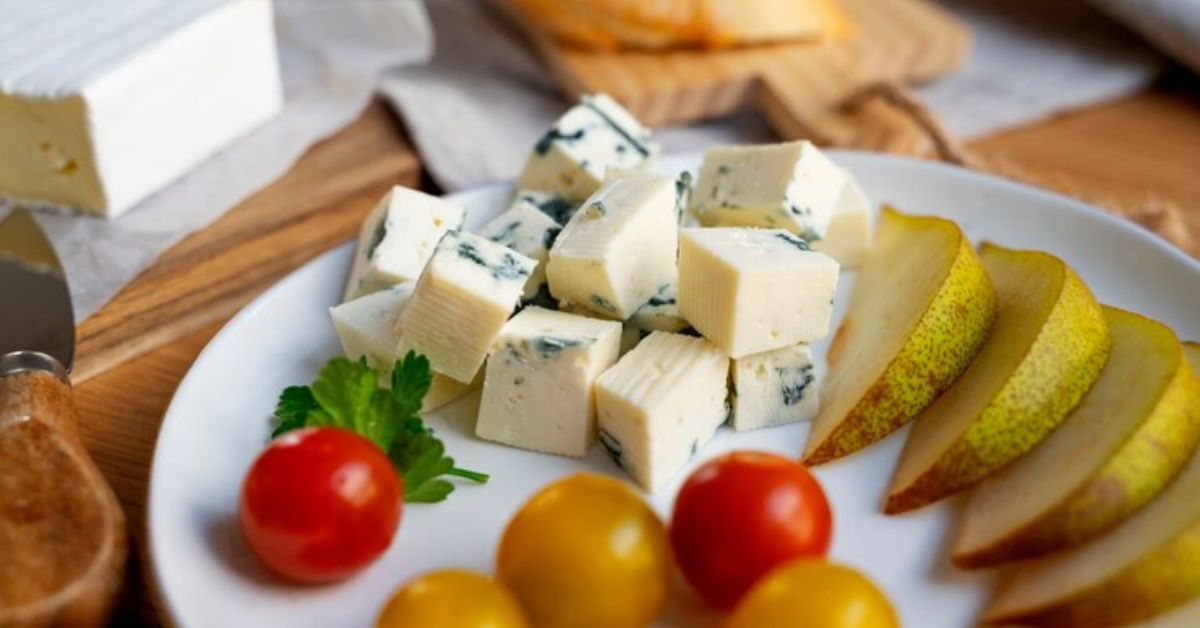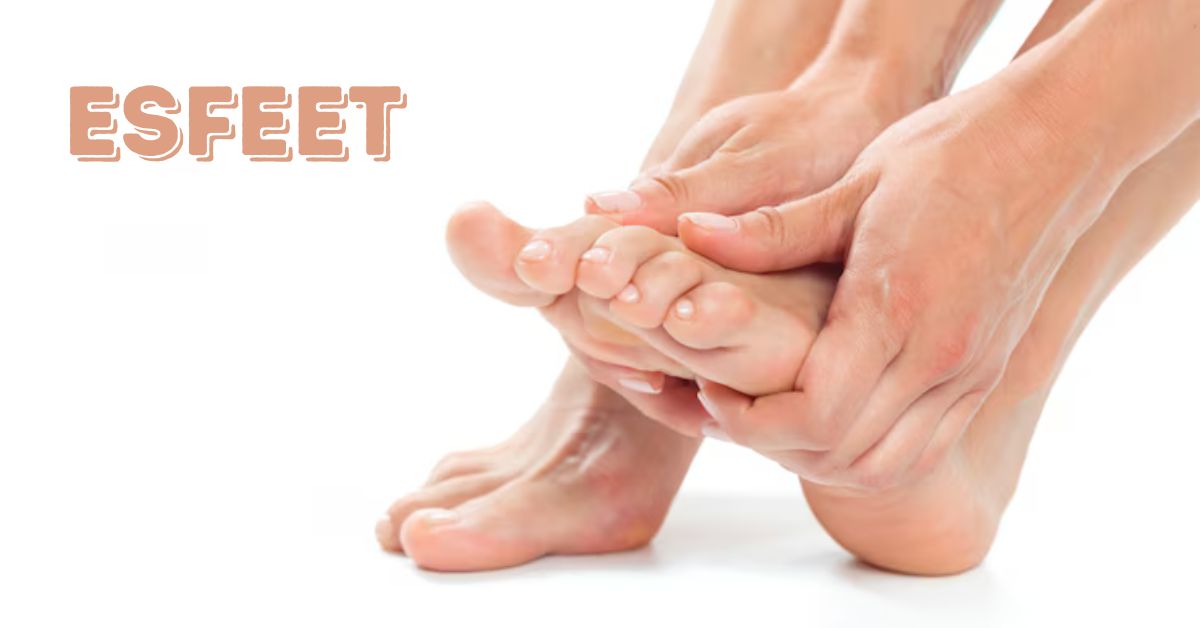Cheese is loved by all. It enhances the taste and texture of many different foods and is thus an essential component of many diets across the globe. But not everyone can handle the extra calories and saturated fats found in full-fat cheese. A guilt-free way to indulge in cheesy pleasure is with low-fat cheese, a healthier option. A lot of information on low-fat cheese, including its definition, kinds, benefits, and production process, is included in this page. Why may it be beneficial to your diet to switch to low-fat cheese? Let’s find out.
What is low-fat Fat Cheese?
Low-fat cheese is exactly what it sounds like: cheese that has a lower fat content compared to regular cheese. The fat content in low-fat cheese is significantly reduced, making it a healthier option for those looking to cut back on calories and saturated fats without sacrificing the pleasure of eating cheese. While regular cheese can have a fat content of around 30–40%, low-fat cheese typically contains 15-20% fat or even less.
Lower Calorie Content
One of the primary benefits of low-fat cheese is its reduced calorie content. For those watching their weight, every calorie counts, and low-fat chee’se allows you to enjoy your favorite dishes while keeping your calorie intake in check.
Reduced Fat Levels
As the name suggests, low-fat chee’se has significantly less fat than its full-fat counterpart. This reduction in fat can help manage cholesterol levels and support heart health.
High Protein Content
Cheese is an excellent source of protein, and low-fat chee’se is no exception. Protein is essential for muscle repair and growth, making low-fat cheese a great addition to a balanced diet.
Rich in Calcium
Calcium is crucial for maintaining strong bones and teeth. Low-fat chee’se retains a high calcium content, making it beneficial for bone health without the extra fat.
Different Types of Low-Fat Cheese
There’s a variety of low-fat cheeses available, each with its own unique taste and texture. Here are some popular options:
Mozzarella
Low-fat mozzarella is a favorite for its mild flavor and smooth texture. It’s perfect for pizzas, salads, and sandwiches.
Cheddar
Low-fat cheddar offers the familiar sharp taste of regular cheddar but with less fat. It’s great for melting and adding a rich flavor to any dish.
Cottage Cheese
Cottage cheese is naturally low in fat and high in protein, making it an excellent choice for a healthy snack or as part of a meal.
Ricotta
Low-fat ricotta is creamy and versatile, ideal for both savory dishes like lasagna and sweet treats like cheesecakes.
How is low-fat cheese made?
The process of making low-fat chee’se is similar to that of regular cheese, with a few key differences to reduce the fat content:
Milk Selection: Skimmed or partially skimmed milk is used instead of whole milk.
Fat Removal: Additional steps are taken to remove more fat from the milk.
Coagulation and Curd Formation: The milk is curdled using rennet or acid, and the curds are formed and processed.
Aging: Some low-fat cheeses are aged, while others are fresh, depending on the desired flavor and texture.
Weight Management
Low-fat chee’se is an excellent choice for those trying to lose or maintain weight. Its lower calorie and fat content help you stay within your dietary limits without feeling deprived.
Heart Health
Reducing saturated fat intake is beneficial for heart health. Low-fat chee’se helps manage cholesterol levels and supports overall cardiovascular health.
Bone Health
Despite having less fat, low-fat chee’se is still rich in calcium and other essential nutrients that promote strong bones and teeth.
Substituting Low-Fat Cheese in Recipes
Low-fat chee’se can be used in most recipes that call for regular cheese. Whether you’re making a casserole, pizza, or sandwich, simply swap in low-fat chee’se to reduce the calorie and fat content.
Melting Properties
While low-fat chee’se may not melt as smoothly as regular chee’se due to its lower fat content, it still works well in many dishes. It’s perfect for baking, grilling, and adding to hot dishes.
Taste and Texture Differences
There might be slight differences in taste and texture, but many find low-fat chee’se to be a delicious alternative. It often has a milder flavor and a slightly firmer texture, which can be quite enjoyable.
Popular low-fat Fat brands
Several brands offer high-quality, low-fat chee’se options. Some popular choices include:
Sargento
Kraft
Horizon Organic
Cabot
When comparing brands, look at the nutritional labels to choose the one that best fits your dietary needs.
Reading Labels
Check the nutritional labels for fat content, calories, and other nutrients. Look for cheeses that have lower fat and calorie counts but still offer a good amount of protein and calcium.
Ingredients to Look For
Choose cheeses made with natural ingredients and avoid those with excessive additives or preservatives. Natural cheeses often have better flavor and nutritional value.
Taste Myth
Many people believe that low-fat chee’se doesn’t taste as good as regular chee’se. While it might have a slightly different flavor, many find it just as delicious.
Nutritional Value Myth
Some think that low-fat chee’se lacks the nutrients found in regular chee’se. However, low-fat chee’se still provides essential nutrients like protein and calcium.
Breakfast Ideas
Start your day with a healthy breakfast by adding low-fat chee’se to omelets, toast, or scrambled eggs.
Lunch and Dinner Recipes
Use low-fat chee’se in salads, sandwiches, wraps, and casseroles for a nutritious and satisfying meal.
Snack Options
Enjoy low-fat chee’se with whole-grain crackers, apple slices, or mixed into a yogurt dip for a tasty and healthy snack.
Flavor Differences
Low-fat chee’se can have a milder flavor compared to regular chee’se, which might not appeal to everyone.
Texture Differences
The lower fat content can affect the texture, making it less creamy and smooth. However, this difference is often minimal.
Possible Additives
Some low-fat chee’se contain additives to improve their texture and flavor. While generally safe, it’s best to choose brands with fewer additives.
Homemade low-fat Fat recipes
Making low-fat chee’se at home is easier than you might think. Here’s a simple recipe:
Ingredients: skimmed milk, lemon juice or vinegar, and salt.
Process: Heat the milk, add the acid to curdle it, strain the curds, and season with salt. Voila! You have homemade, low-fat chee’se.
Conclusion
A great approach to cut back on calories and fat without sacrificing cheese’s delicious flavor is to choose low-fat varieties. It works well for a variety of purposes, is nutrient dense, and is ideal for people trying to watch their weight. No matter what you’re making with it or how you eat it, low-fat chee’se is always a good-choice.
FAQs
What is the best low-fat cheese for melting?
Mozzarella and cheddar are excellent choices for melting. They have good melting properties, even with reduced fat content.
Is low-fat cheese good for weight loss?
Yes, low-fat chee’se is lower in calories and fat, making it a good option for those looking to lose weight while still enjoying chee’se.
Can I use low-fat cheese in baking?
Absolutely! Low fat chee’se can be used in baking, adding flavor and nutrition to your baked goods without the extra fat.
Does low-fat cheese have less calcium than regular cheese?
No, low-fat chee’se typically retains a high calcium content, similar to regular chee’se.
How can I make low-fat cheese taste better?
Try pairing it with fruits, nuts, or whole-grain crackers. You can also use it in flavorful recipes to enhance its taste.












